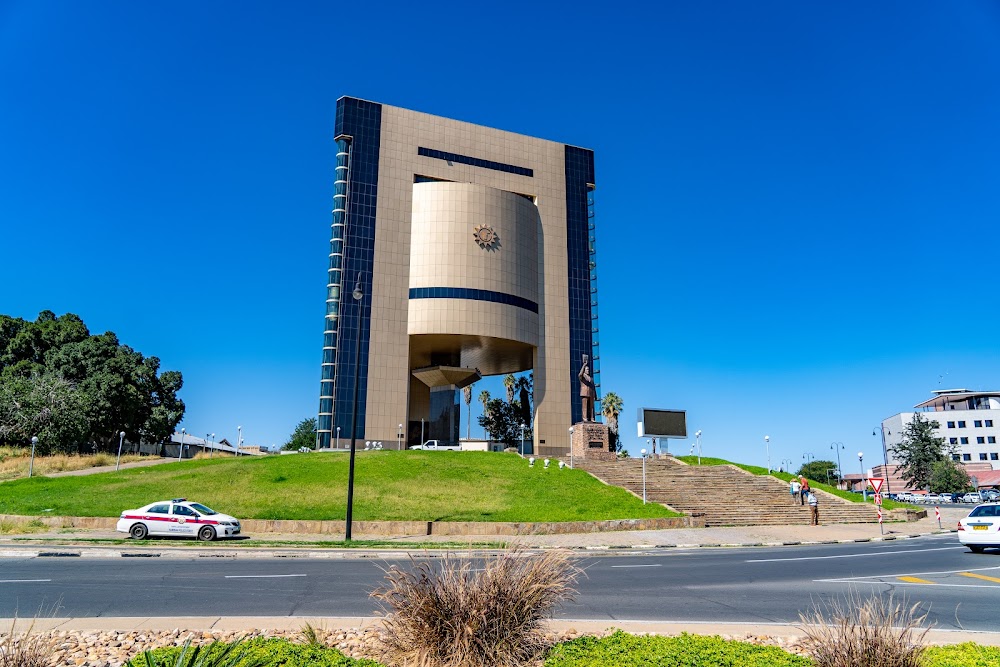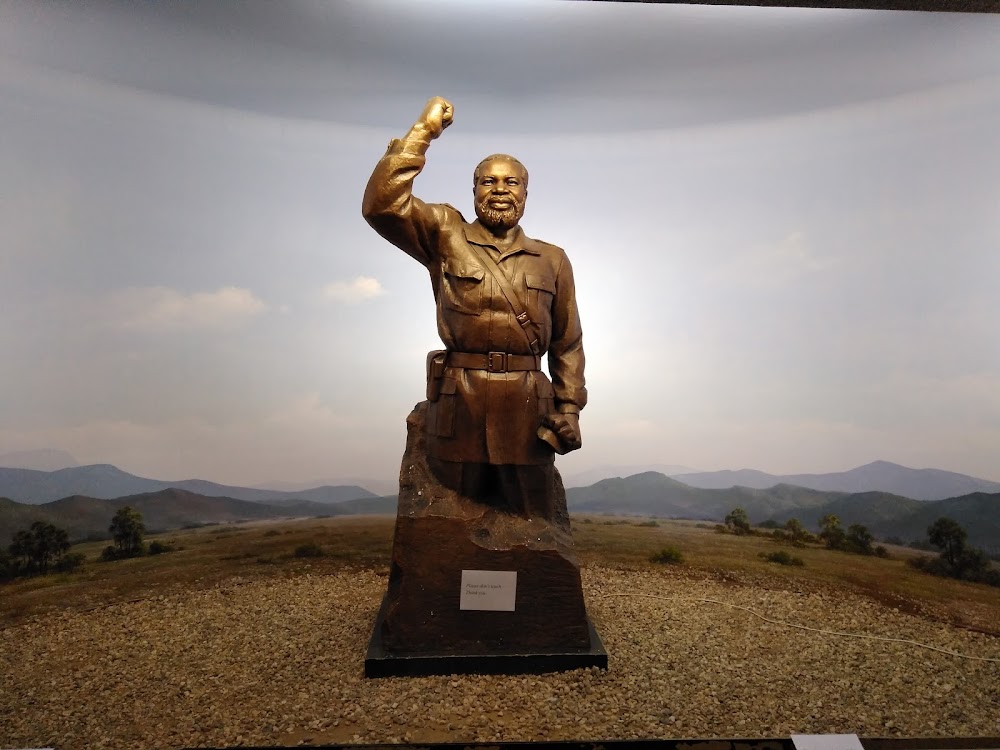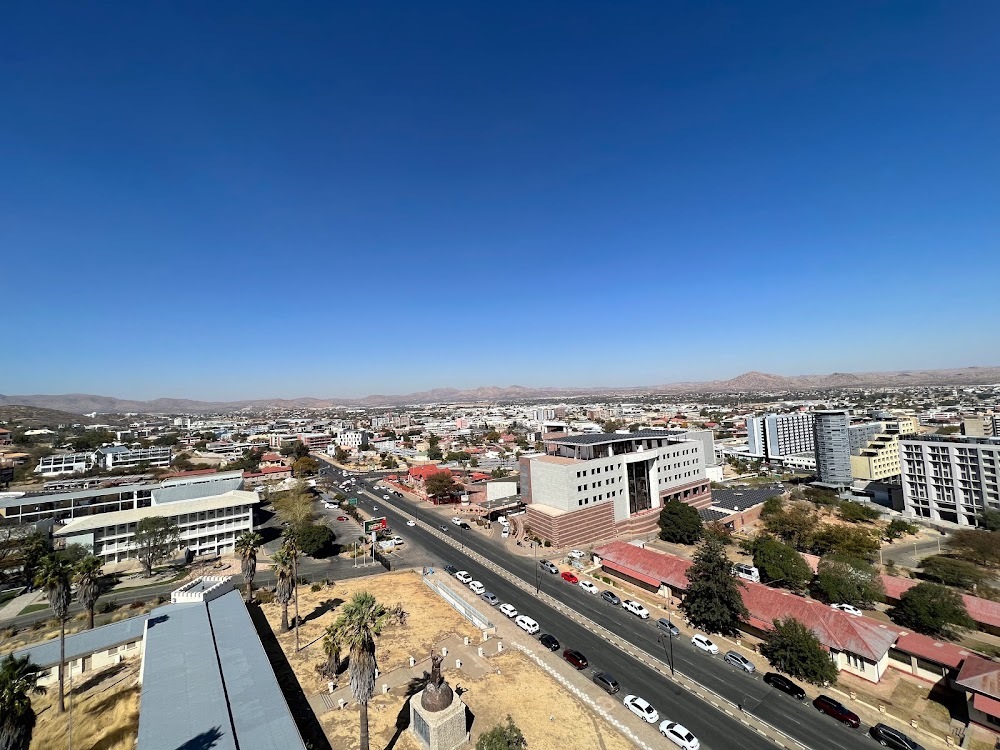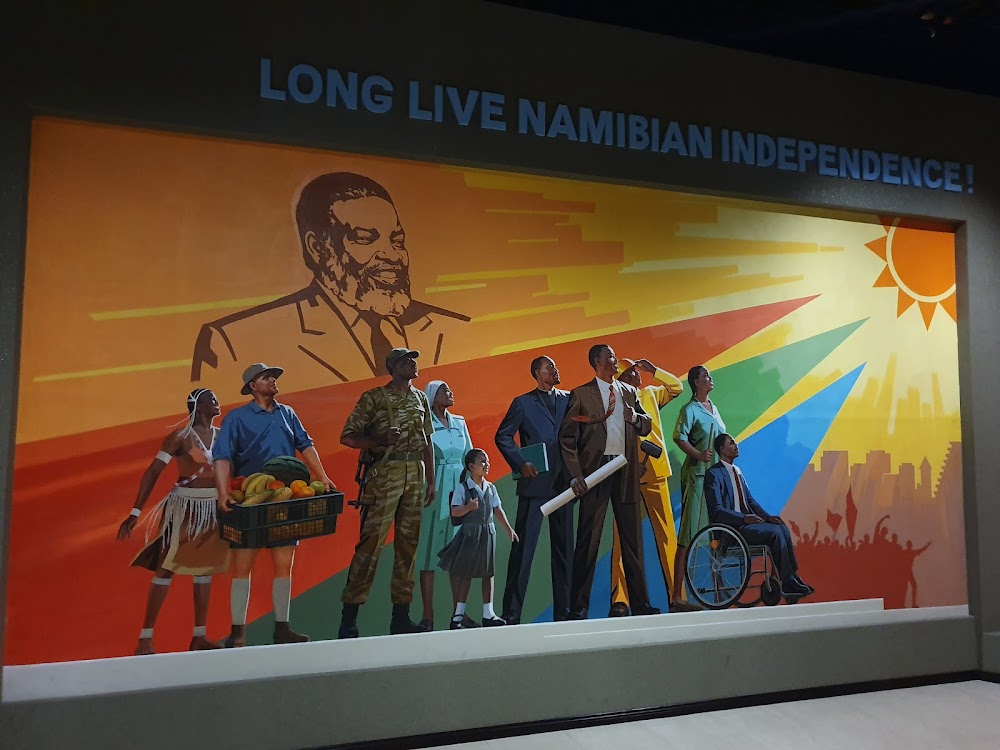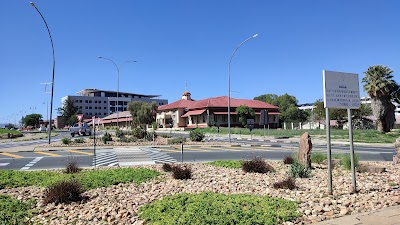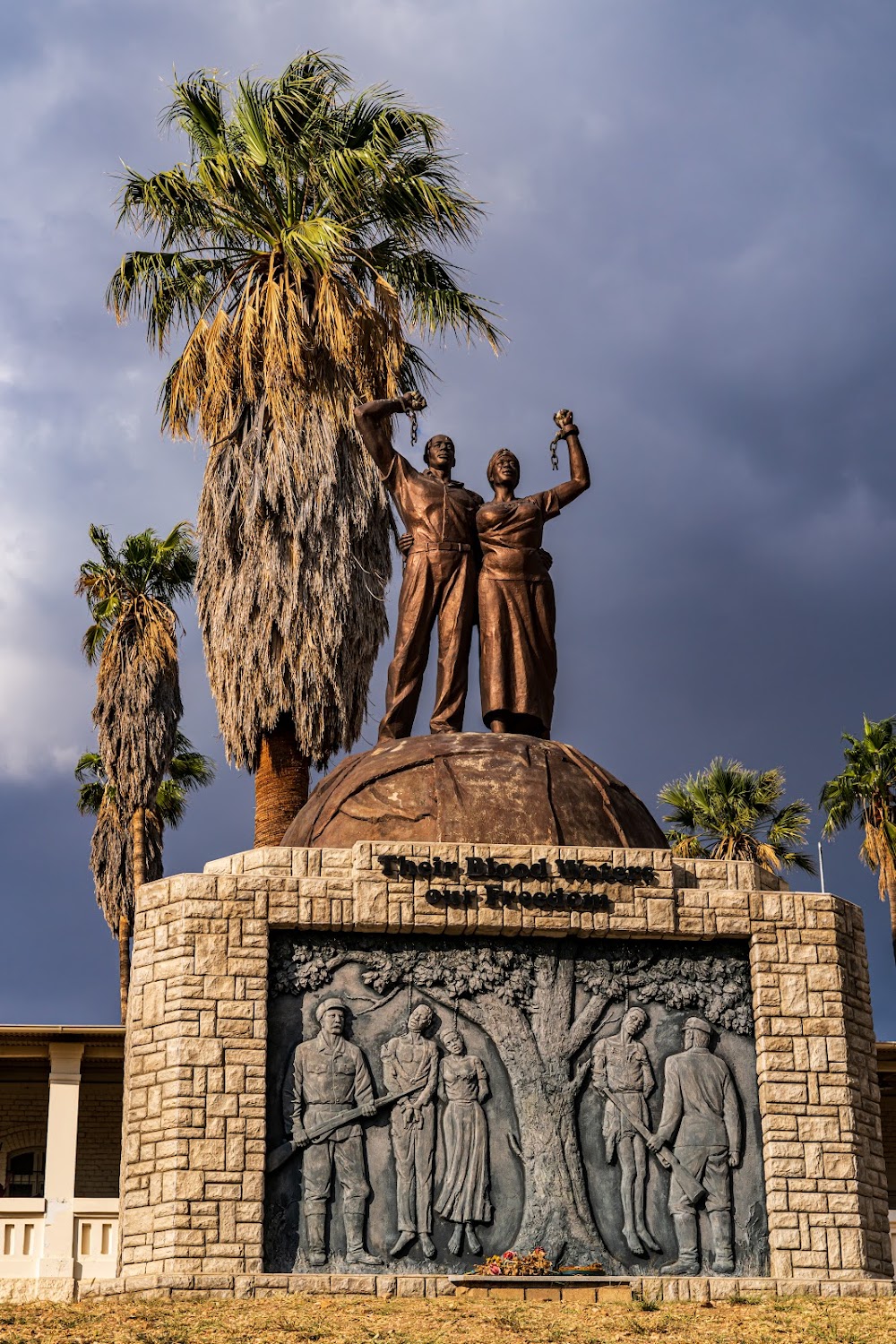Independence Memorial Museum (Independence Memorial Museum)
Overview
The Independence Memorial Museum is a prominent landmark situated in Windhoek, the capital city of Namibia. This museum serves as a powerful symbol of the nation's struggle for independence and its triumph over colonialism. The journey from its conceptualization to construction was a significant endeavor, aimed at preserving Namibia's rich history and heritage for future generations.
The idea for the museum emerged as Namibia sought to honor the courageous efforts and sacrifices of its people during the liberation struggle against South African apartheid rule. Recognizing the importance of such an institution, the Namibian government set plans in motion to bring this vision to life.
Built on the historically significant site of a former German colonial fort, the museum's location is deeply symbolic, representing a transition from colonial subjugation to independent nationhood. The fort once housed administrative offices for the South African apartheid regime, making it a poignant backdrop for the museum.
Construction of the museum was entrusted to Mansudae Overseas Projects, a North Korean construction company renowned for its large-scale architectural projects. Work commenced in 2009, and the museum officially opened its doors to the public on March 21, 2014, coinciding with Namibia's 24th Independence Day.
Architecturally, the Independence Memorial Museum is a modern marvel. Standing at approximately 40 meters in height, the structure features a sleek glass and steel design. The building’s verticality and reflective surfaces symbolize progress and forward movement. Inside, visitors will find three main floors, each dedicated to different facets of the Namibian struggle and its eventual achievement of independence.
As guests approach the museum, they are greeted by a striking bronze statue of Namibia’s founding president, Dr. Sam Nujoma, located on the front lawn. Sculpted by North Korean artisans, the statue depicts Nujoma with one arm raised, holding the Namibian Constitution, symbolizing leadership and the nation’s foundational legal document.
Inside, the journey begins on the second floor, which focuses on the early resistance against colonialism. Exhibits here include documents, photographs, and artifacts from the initial phases of anti-colonial resistance, including significant uprisings such as the Herero and Namaqua genocide.
The third floor transitions to more contemporary history, chronicling the emergence of organized political movements like the South West Africa People’s Organization (SWAPO). Through engaging multimedia displays, personal testimonies, and historical artifacts, visitors gain insight into the intense and often brutal struggle faced by Namibians during this period.
The top floor celebrates independence and showcases the new nation’s growth and aspirations. Exhibits highlight the positive changes since independence, achievements across various fields, and ongoing efforts to build a prosperous and inclusive society.
A highlight of the top floor is the panoramic restaurant known as 'The NIMS Panorama Café'. Here, visitors can savor a meal while enjoying a breathtaking 360-degree view of Windhoek, seamlessly connecting the past with the present landscape of the capital city.
Beyond being a repository of history, the museum serves as an educational hub. School groups frequently visit, and the museum hosts various educational programs and workshops aimed at fostering a deeper understanding of Namibia’s history among younger generations.
Since its inauguration, the Independence Memorial Museum has become an integral part of Namibia’s cultural and historical landscape. It stands as a beacon of the country’s resilient spirit and the ongoing journey toward unity and national pride. Through its engaging exhibits and striking architecture, the museum bridges the past with the present, ensuring that the story of Namibia’s path to freedom is forever remembered.


